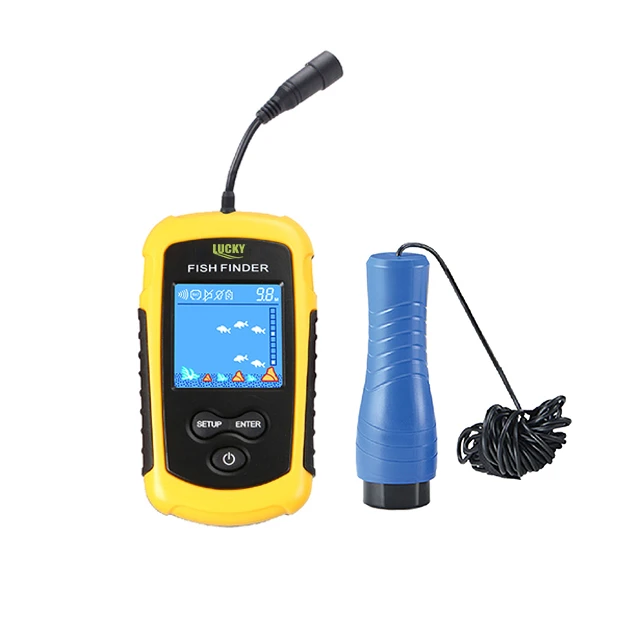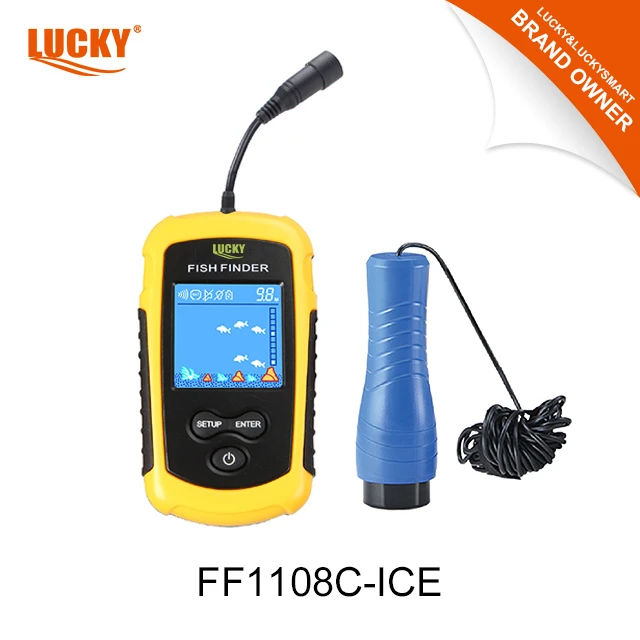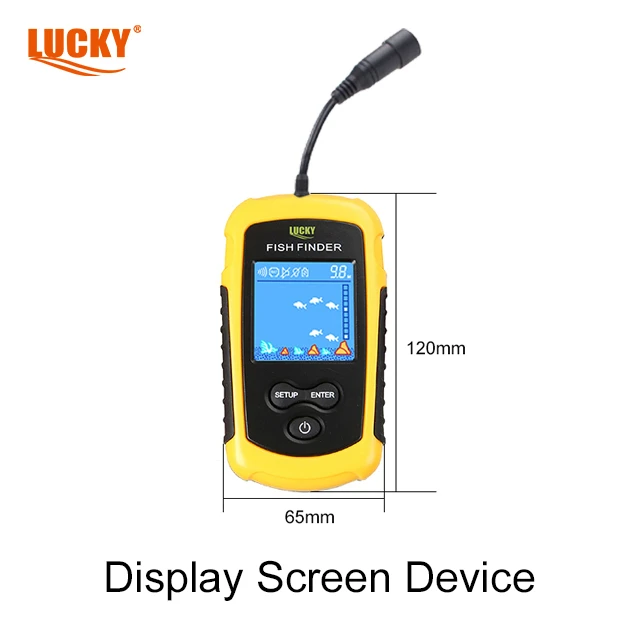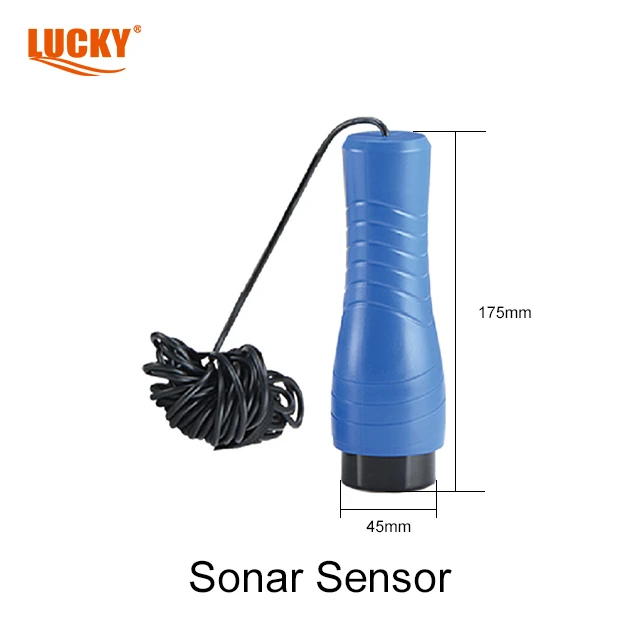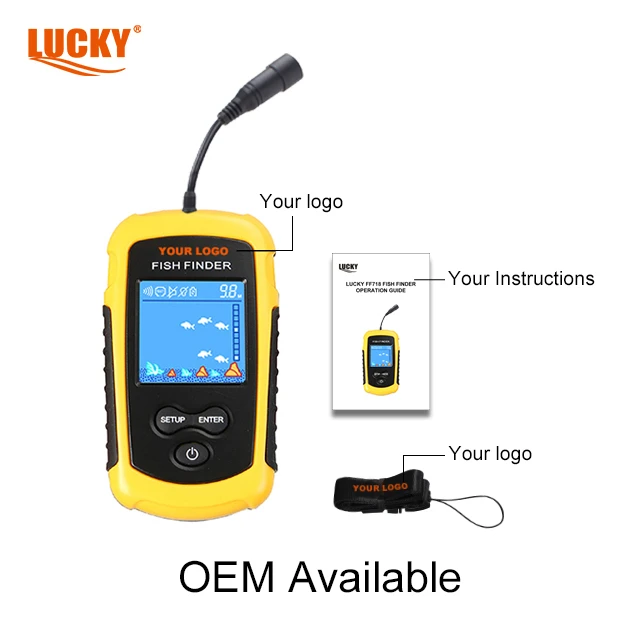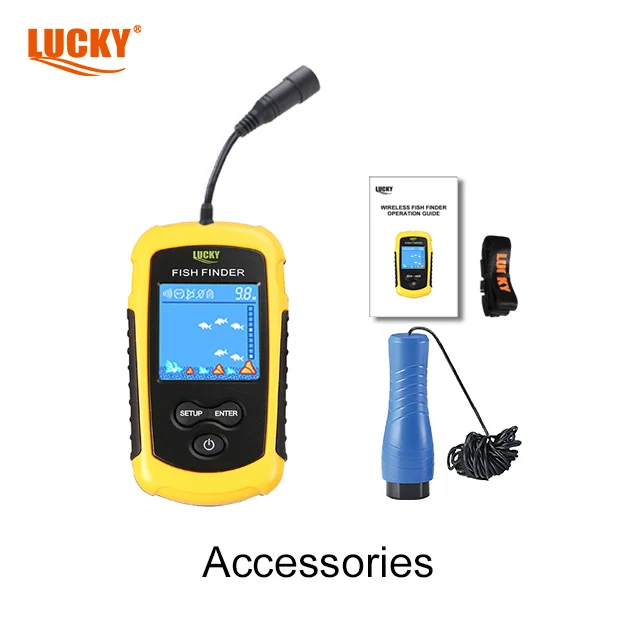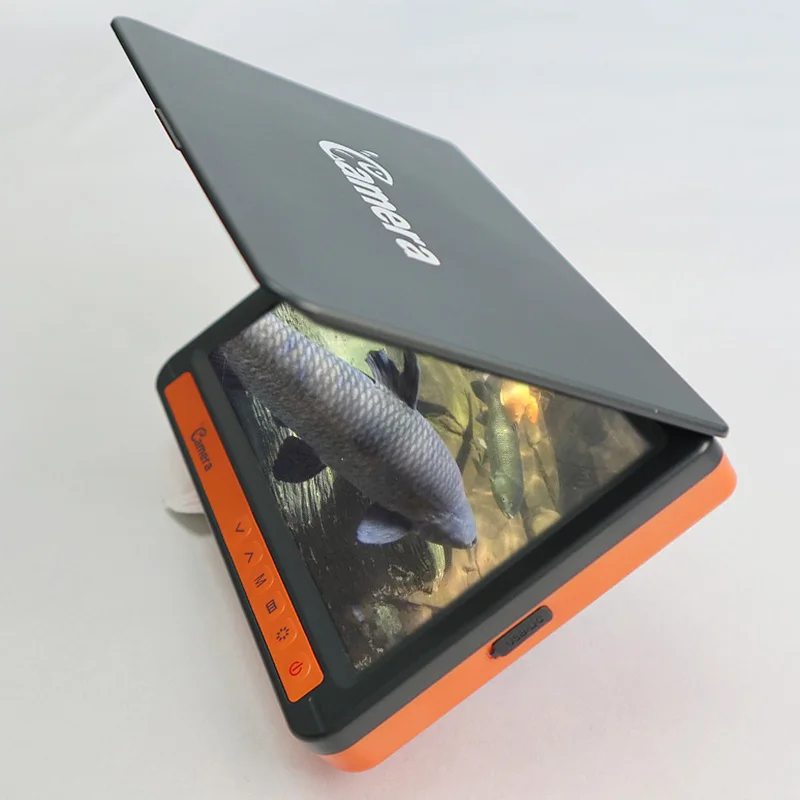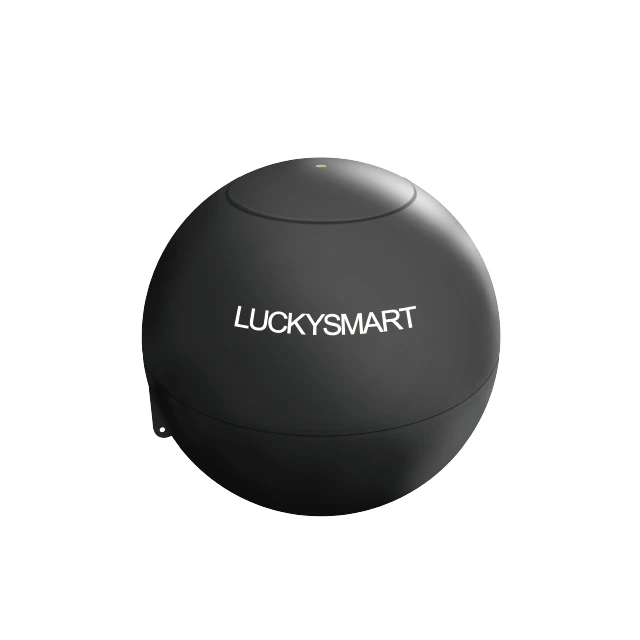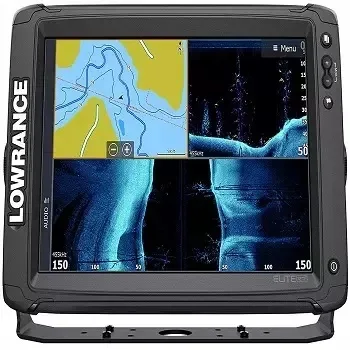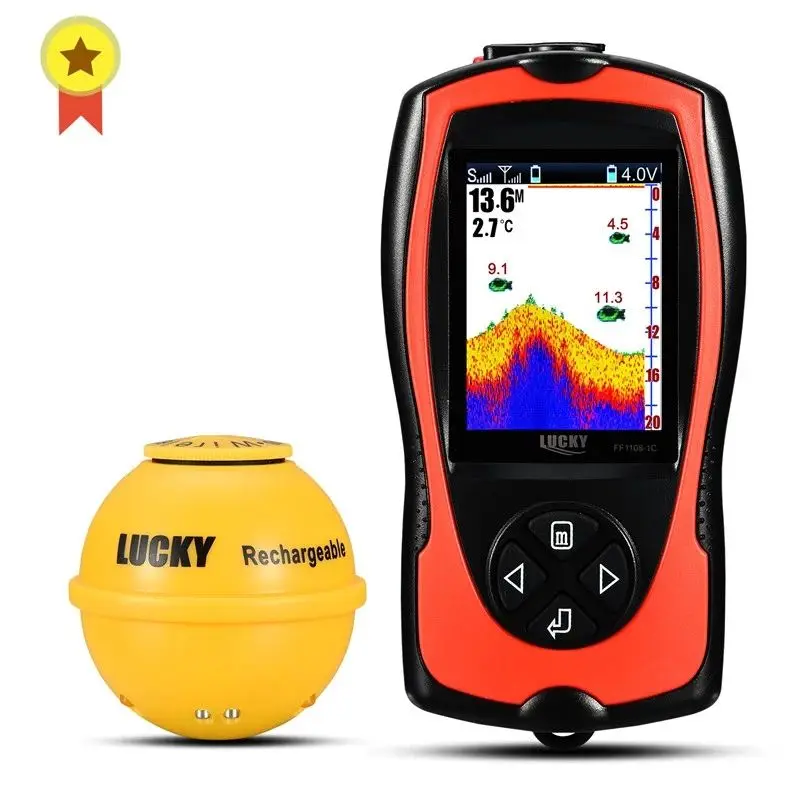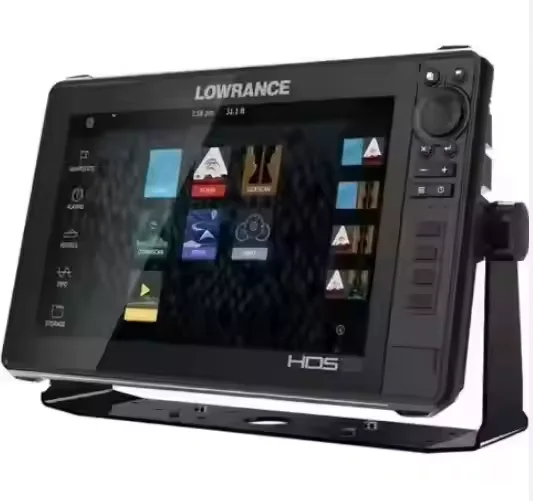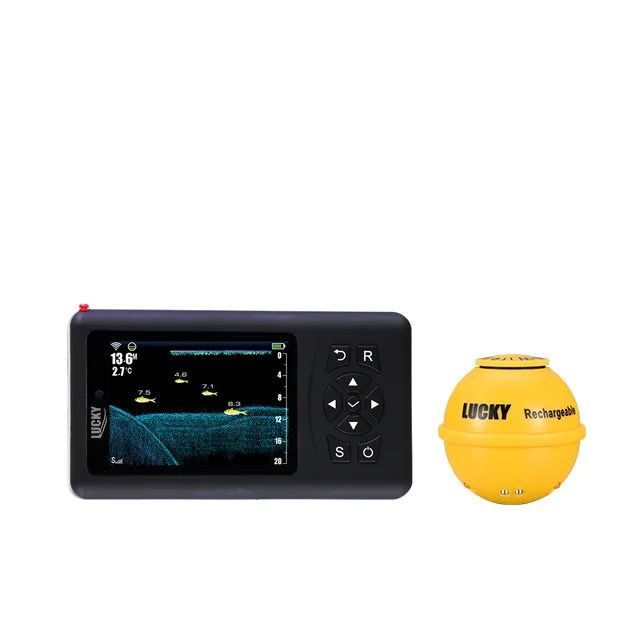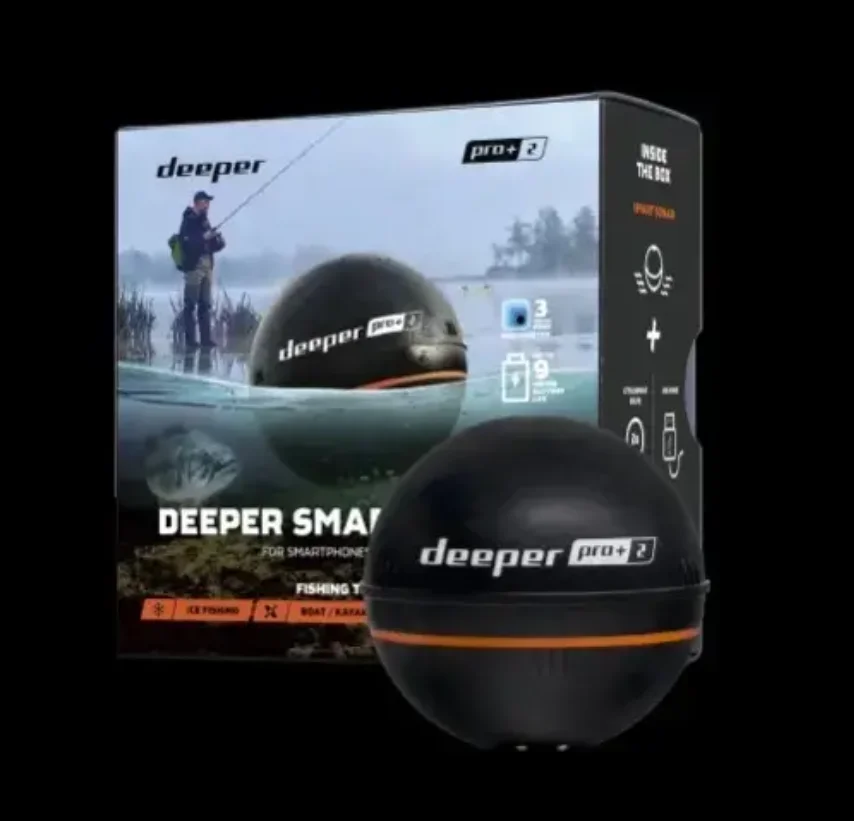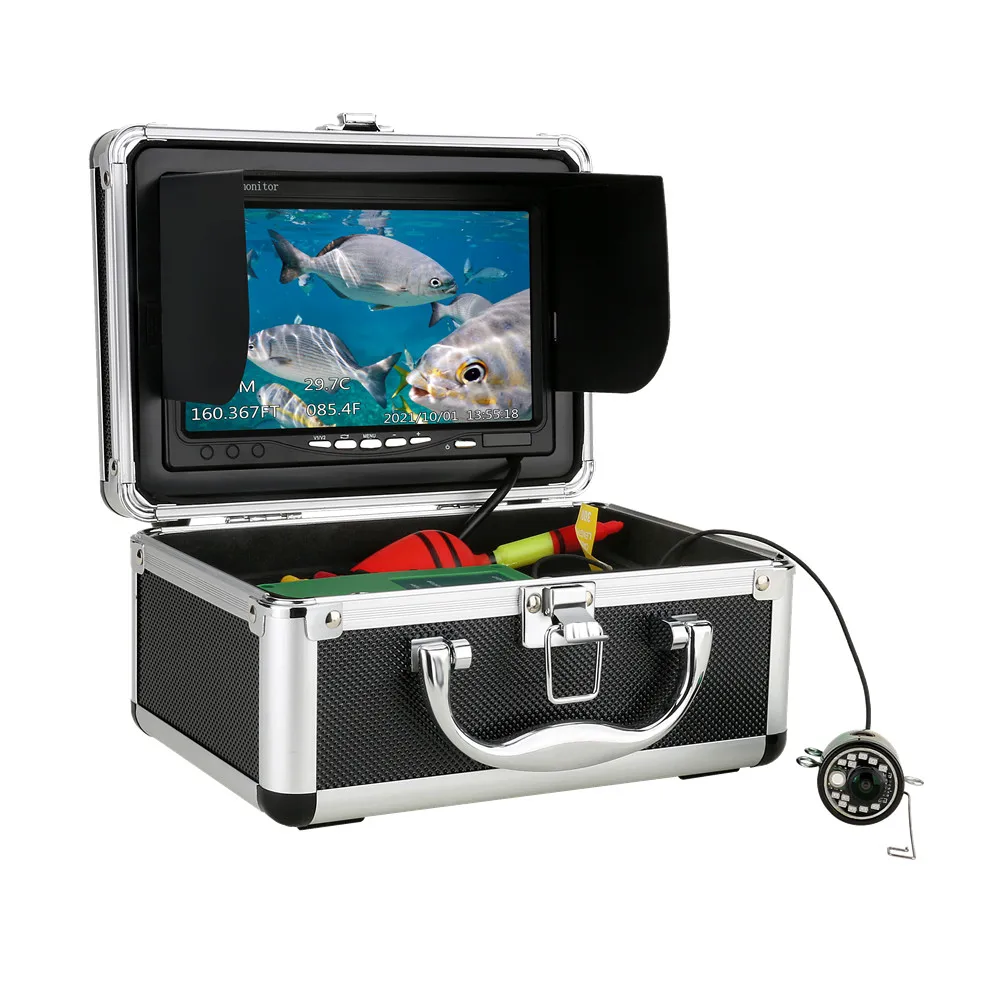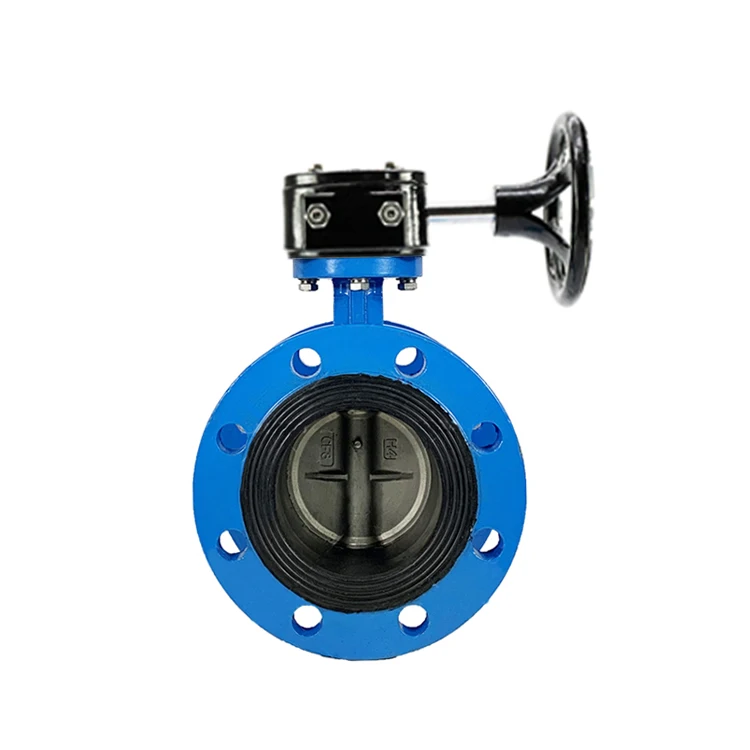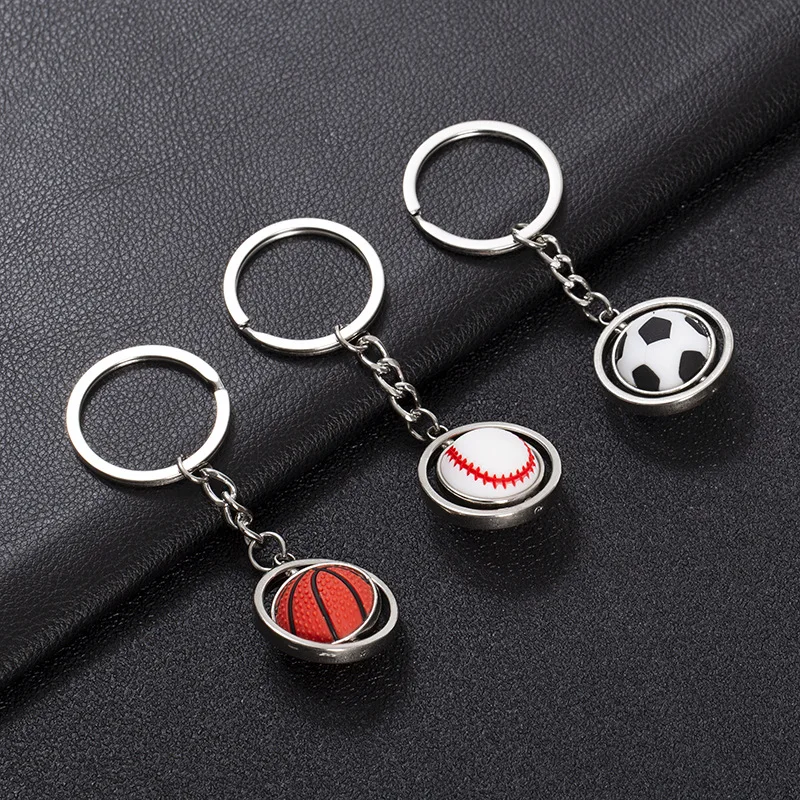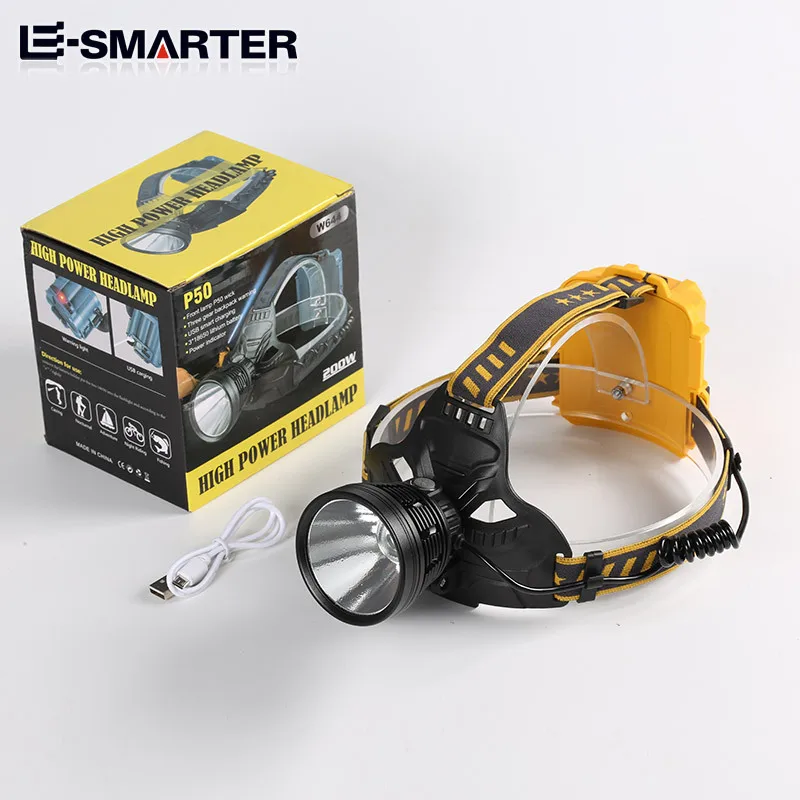Lucky sounder fish finder FF1108C Ice 2inch colored Iconic Display with ice fishing
- Category: >>>
- Supplier: Jinhua Lucky Et Manufacturer Co. Ltd.Jinhua Ltd.
Share on (1601075956612):
Product Overview
Description




LUCKY® FISH FINDER FF1108C-Ice

Specifications:
Depth Range:0.7-100m
Sonar Frequency/Beam Angle:
45 degree in 200Khz
Operational Temperature:-10-50 degree
Application Scope: raft fishing, boat fishing, ice fishing, kayak fishing, sea fishing
1. Display fish location
2. Display water depth
3. Water Temperature Display
3. Water Temperature Display
4. Underwater Contour Display
5. Enlarge certain range information
6. Beep notification of fish activity
6. Beep notification of fish activity

DOT-MATIRX DISPLAY
Dot Matrix Display Vs. Iconic Display: The dot matrix display provides more detailed underwater information by highlighting the color of each pixel on the screen. It not only reveals the location and depth of the fish but also presents underwater terrain features like fluctuation and density.

ICONIC DISPLAY
The iconic display method is more intuitive. It indicates the range of fish location and the depth of fish layers by illuminating icons. It calculates underwater conditions like the presence of rocks or aquatic vegetation based on the strength of sonar echoes.

LITHIUM BATTERY
The Lucky® fish finder model equipped with a lithium battery is environmentally friendly and can be recharged multiple times. It’s sure to please anglers with an ample battery life of 5-6 hours.

WIRELESS LITHIUM BATTERY SONAR PROBE(OPTIONAL)
Semi-Automatic PET Bottle Blowing Machine Bottle Making Machine Bottle Moulding Machine
PET Bottle Making Machine is suitable for producing PET plastic containers and bottles in all shapes.
PET Bottle Making Machine is suitable for producing PET plastic containers and bottles in all shapes.

WIRELESS LITHIUM BATTERY SONAR PROBE(OPTIONAL)
The lithium battery sensor is an upgrade of the wireless sensor with an independent rechargeable lithium battery. It offers a 5–6-hour battery life and is equipped with blue LED lights underneath for attracting fish during night fishing.When there is a 'LA' at the end of the model’s name, the model is carrying a lithium battery powered sonar sensor.

WIRED SONAR PROBE (OPTIONAL)
The traditional sensor connects to the display unit via a data cable. It transfers sonar signals received by the sensor to the display unit, where the data is then processed and displayed as an image. Wired sensors offer stable transmission in any environment. When there is a 'T' at the end of the model’s name, the model is carrying a transducer sonar sensor.

WIRED ICE FISHING SONAR PROBE(OPTIONAL)
The ice fishing sensor is specially designed for ice anglers and features an extended handle to allow easy positioning on the ice. When there is an 'ICE' at the end of the model’s name, it means the model is equipped with an ice fishing sonar sensor.
HOW TO USE A LUCKY® FISH FINDER ?
HOW SONAR WORKS?
Semi-Automatic PET Bottle Blowing Machine Bottle Making Machine Bottle Moulding Machine
PET Bottle Making Machine is suitable for producing PET plastic containers and bottles in all shapes.
PET Bottle Making Machine is suitable for producing PET plastic containers and bottles in all shapes.
SHORE FISHING WITH TRANSDUCER FISH FINDER
Semi-Automatic PET Bottle Blowing Machine Bottle Making Machine Bottle Moulding Machine
PET Bottle Making Machine is suitable for producing PET plastic containers and bottles in all shapes.
PET Bottle Making Machine is suitable for producing PET plastic containers and bottles in all shapes.
SHORE FISHING WITH WIRELESS FISH FINDER
Semi-Automatic PET Bottle Blowing Machine Bottle Making Machine Bottle Moulding Machine
PET Bottle Making Machine is suitable for producing PET plastic containers and bottles in all shapes.
PET Bottle Making Machine is suitable for producing PET plastic containers and bottles in all shapes.
ICE FISHING FISH FINDER LOCATE THE FISH
Semi-Automatic PET Bottle Blowing Machine Bottle Making Machine Bottle Moulding Machine
PET Bottle Making Machine is suitable for producing PET plastic containers and bottles in all shapes.
PET Bottle Making Machine is suitable for producing PET plastic containers and bottles in all shapes.
LUCKYSMART®️ GROUP MANUFACTURER SITE ( ZONE A )

Lucky Group was established in 2002 and has been committed to the research and development, production, and sales of intelligent electronic control products for many years. Lucky Factory is divided into two major factories, Zone A and Zone B. Zone A is engaged in the research and sales of electronic products, including fish finder, controllers, instrument panels, and other electronic products; Zone B is engaged in outdoor fishing products such as fishing motorboats, fishing kayaks, power floats, and jet boats.


LUCKYSMART®️ GROUP BUSINESS SECTORS

Luckypower® watercraft- Lucky® fish finder- Luckysmart® controller- Luckysmart® powered kickingboardLuckysmart® ️Group was established in 2002. It is a smart technology company integrating R&D with production and sales. The company's main product lines include fish finders, smart controllers, electric bicycles, motorboats, electric fishing kayaks, and powered kickboard.
OEM CUSTOMIZATION SERVICES
Customers can design the packaging of any products to guarantee the uniqueness of merchandise. You can contact us by sending
inquries for a package customization quote. If the number of customized units reaches 500, you will be exempt from costs.
inquries for a package customization quote. If the number of customized units reaches 500, you will be exempt from costs.
FAQ
1. How does a fish finder work, and is it useful?
A fish finder is a highly useful fishing accessory used in both recreational and competitive fishing. In simple terms, it operates based on the principles of emitting and receiving sonar waves to detect
underwater objects and fish, like an underwater radar.
underwater objects and fish, like an underwater radar.
2. I'm new to fishing. Can a fish finder help me catch fish?
For novice anglers, one of the most demoralizing experiences is wasting precious time in a location devoid of fish. A fish finder can be a valuable tool to help avoid unproductive areas and make your fishing excursions more rewarding.
3.I have extensive fishing experience. Do I still need a fish finder?
For experiencedanglers, a fish finder serves as a tool that confirms their intuition and finetunes their skills. It provides valuable feedback that—when combined with their expertise—leads to more accurate fishing experiences.
4. Does the price of a fish finder determine
its accuracy? The price of a fish finder is determined by its features and specifications. All fish finders are primarily designed
to scan underwater areas, calculate water depth, and display the location and depth of fish. The price differences come from
additional features beyond these basics, and they do not affect the accuracy of the fish finder's primary functions.
its accuracy? The price of a fish finder is determined by its features and specifications. All fish finders are primarily designed
to scan underwater areas, calculate water depth, and display the location and depth of fish. The price differences come from
additional features beyond these basics, and they do not affect the accuracy of the fish finder's primary functions.
5. Why is my fish finder sometimes inaccurate in its detections?
Inaccuracies are often caused by environmental factors. Sonar signals aresound waves, and they can be influenced by factors such as noise, interference, and the openness of the space in which they are used.
6. Are the fish displayed on the fish finder screen real?
The fish displayed on the fish finder screen are the result ofcontinuous sonar calculations. Each second, the onboard chip processes the current data and displays it on the screen. The rightmost part of the sonar image represents the most current data, while the left side displays historical data. Therefore, the fish you see on the sonar image represent their travel paths over time.
We Recommend
New Arrivals
New products from manufacturers at wholesale prices
